The complete series includes over eighteen books, over half of which deal primarily with English men-of-action.
The following list includes only those books pertaining to British history. Most of the books from the
complete series are included in our Young Readers collection.
The books themselves are short, well written, and beautifully illustrated. An upper elementary
age child might be able to read an entire book only a few hours, and even younger children
can read some of them independently.
A great deal of the complexity of the original is left out, but in most cases the author focuses
on telling a few stories well rather than trying to cover every aspect of the original at a
superficial level.
The complete series involves over 30 books, but we have listed here only those that pertain
directly to British history, and have already been published by Heritage History. The complete
series can be found in our Young Readers collection.
Helene Guerber was an American author who wrote a series of juvenile histories
that provides an excellent introduction to several of the major civilizations in western history.
She writes specifically for a late grammar school/middle school audience, and every book
is divided into very short chapters, each of which deals with a specific character or event.
Guerber is an excellent writer who tells her stories with great interest. She understands her
students mindset well, and states in one of her introductions:
Instead of attempting to tell the entire history of each country in such a short book, the authors
selected between six and ten especially famous stories to tell with enough detail to be of interest.
By carefully selecting their stories, each writer manages to get across the most important events
and characters of their subject civilization in a manner that is appealing even for young children.
The books are short enough to be read in only a few hours by an older elementary school student,
or read aloud to a younger one.
Like the original series, the books are intended to focus on the every-day life, beliefs,
customs, and livelihoods, of the characters rather than to tell a particular historical tale.
In many cases however, the character is present at an important battle, or during the
sacking of monastery, or during some other key historical event. But the main plot typically
involves the curious adventures of a ten-year-old boy rather than a particular historical
incident.
The books deal primarily with customs, geographic, and livelihood issues rather than
historical or political issues, but several of the stories are conceived with a historical
circumstance such as a war, a flood, or land-reform in the back-ground. In these cases,
the day to day life of a typical family growing up in unusually difficult circumstances
is portrayed. Most of the books, however, are focused on presenting the life-style and
customs of the children in a given country, and their daily activities and education.
Famous Men of the Ages
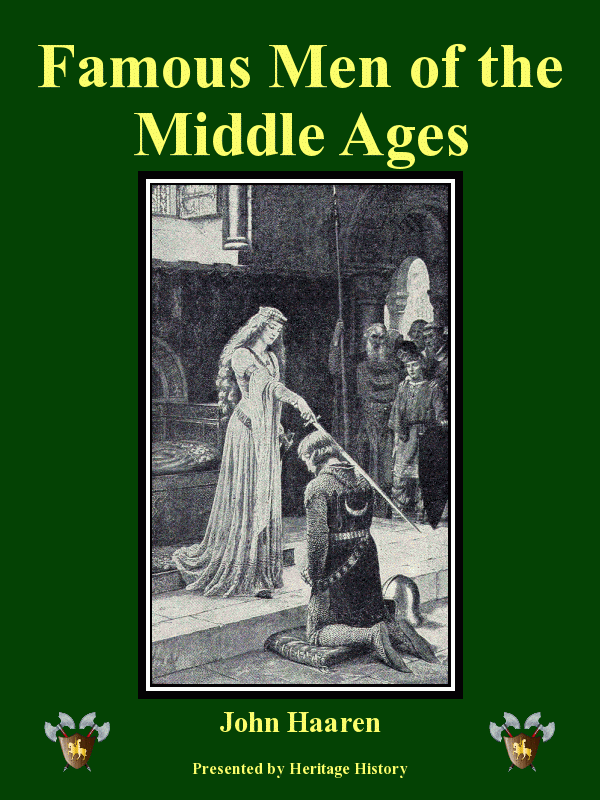
As an introduction to classical history for students of any age, one can hardly do better than the
well known Famous Men series, by written by John H. Haaren and A. B. Poland. Both men
were school teachers and administrators for many years and understood very well the
best way to interest young people in their historical roots.
These books are exceptionally well written and beautifully illustrated with many reproductions
from classical artwork. They can be easily read by a reasonably sophisticated grammar school student, and
simply introduce the main characters of
Western Civilization, beginning in Ancient Greece and ending in the mid 19th century.
The first
two volumes in the series are Famous Men of Greece and Famous Men of Rome.
Although these books
are organized as a collection of biographies, they can be read as an introductory history
because the characters are part of a single civilization, and their lives are woven together
in a fairly seamless manner. The later two books, Famous Men of the Middle Ages and Famous
Men of Modern Times, provide excellent portraits of many of the most important characters in
British and European history. They are just as well written and interesting as the former two,
but are unable to weave the lives of the characters into a coherent narrative simply because
they occur over disparate times and societies.
Famous Men of the Ages by John Haaren and A. B. Poland
Story of the World
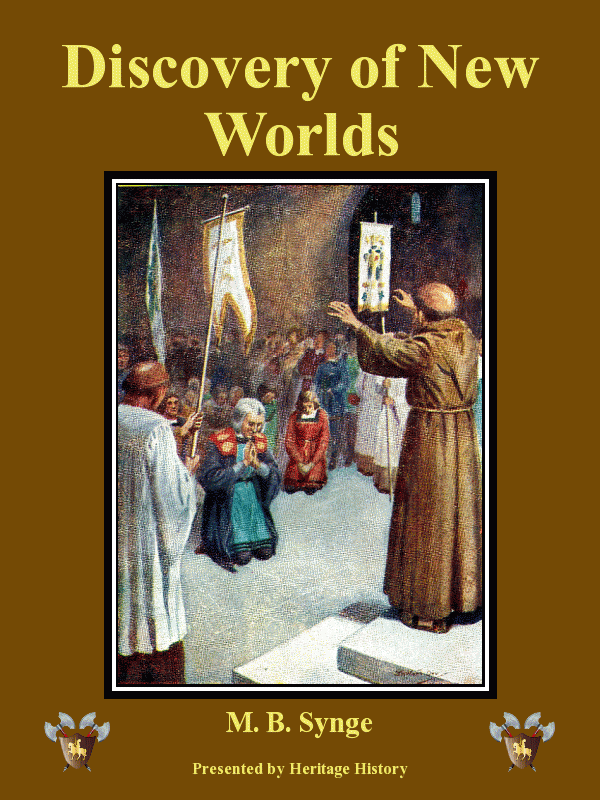
The Story of the World series comprises a set of five volumes, written at an introductory reading
level, that cover all major events in the history of Western Civilization, from stories of Biblical
and Babylonian History to the close of the nineteenth century. Each of the fifty or so chapters
in each volume, tells the story of some individual or event that is key to understanding the major
developments of the era. While statesmen and military commanders figure heavily in the narrative,
stories of explorers, scientists, artists, authors, and religious figures are also presented.
Only the last two volumes of the series are included in the British readers collection. This is
because, although the series is intended to cover "World" History, during the 18th and 19th
centuries, world history was, to a large degree, synonymous with British History. These were the
centuries that saw the rise of colonialism, capitalism, democracy and modernism, and in all
events, and in all major conflicts, Britain played a pivotal role. These final two volumes can
therefore be read as comprehensive histories of the 18th and 19th centuries, respectively.
Story of the World by M. B. Synge
| Title | Compact Library | size |
|---|
| On the Shores of the Great Sea | Ancient Greece, Ancient Rome | 78 |
| Discovery of New Worlds | British Middle Ages, Christian Europe | 85 |
| Awakening of Europe | British Middle Ages, Christian Europe | 90 |
| Struggle for Sea Power | British Empire, Modern Europe | 87 |
| Growth of British Empire | British Empire, Modern Europe | 89 |
H. E. Marshall's British Histories
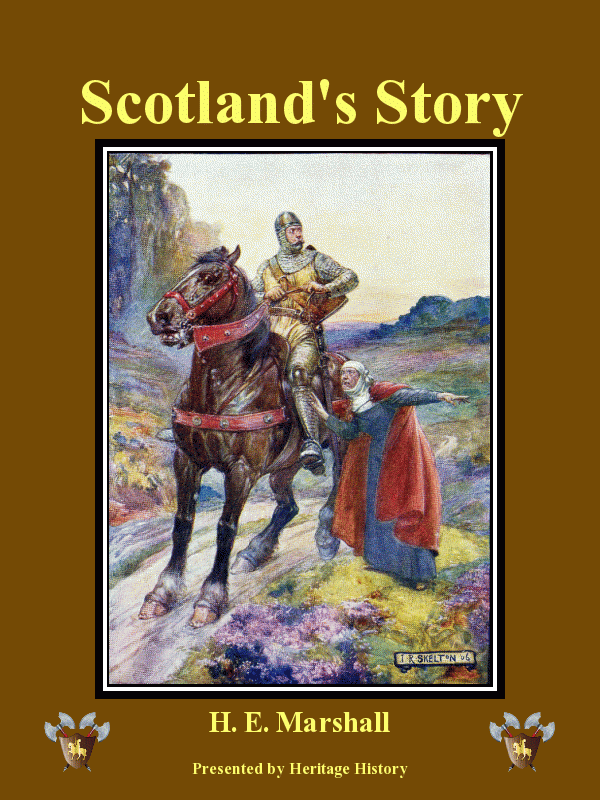
One of the most famous storybooks of English History is Our Island Story, by H. E.
(Henrietta Elizabeth) Marshall. Published in 1905, it was widely read throughout the
British Empire for the first half of the twentieth century, and did not go out of print
until the mid fifties. Marshall followed up this initial success with a series of other
juvenile history books, written over the following decades. She wrote in other genres
besides comprehensive history, but she is best known for her three part series on the
British Isles, beginning with Our Island Story and following with Scotland's Story and
Our Empire Story.
Her special talent for writing episodes from history as if they were fairy tales, made her
extremely popular with children who were happy to read her books purely for their
entertainment value, rather than for serious studies. As she says in her introduction:
I must tell you, though, that this is not a history lesson, but a story-book. There are
many facts in school histories that seem to children to belong to lessons only. Some of
these you will not find here. But you will find some stories that are not to be found in
your school books,—stories which wise people say are only fairy tales and not history. But
it seems to me that they are part of Our Island Story, and ought not to be forgotten, any
more than those stories about which there is no doubt.
These three books, together with This Country of Ours, a history of the United States
which focuses heavily on the colonial period, provide an excellent introduction to the
history of the English speaking people throughout the world, and give a romantic, rather
than an analytical overview of the growth and dominance of Great Britain
during the nineteenth century. Probably no nation is more responsible for the world-wide
spread of modern ideas, including parliamentary democracy and free trade, than Great
Britain, and much of modern life is impossible to understand without a grasp of British
history. The Marshall books do not attempt to explain these difficult concepts, but rather
lay the foundation for understanding the soil from which modernism has sprung.
We have grouped a fifth book with this series, although it is written in a somewhat different
vein than the other four. English Literature for Boys and Girls is a superlative
introduction to the great works of English Literature, although we suspect its real audience
is college-prep oriented high-schoolers, rather than middle-school. Marshall combines fascinating
stories about the authors with narrative excerpts from their most famous works.
This book should be read by everyone who aspires to learn the great works of the
English masters of literature.
British Histories by H. E. Marshall
Stories from English History
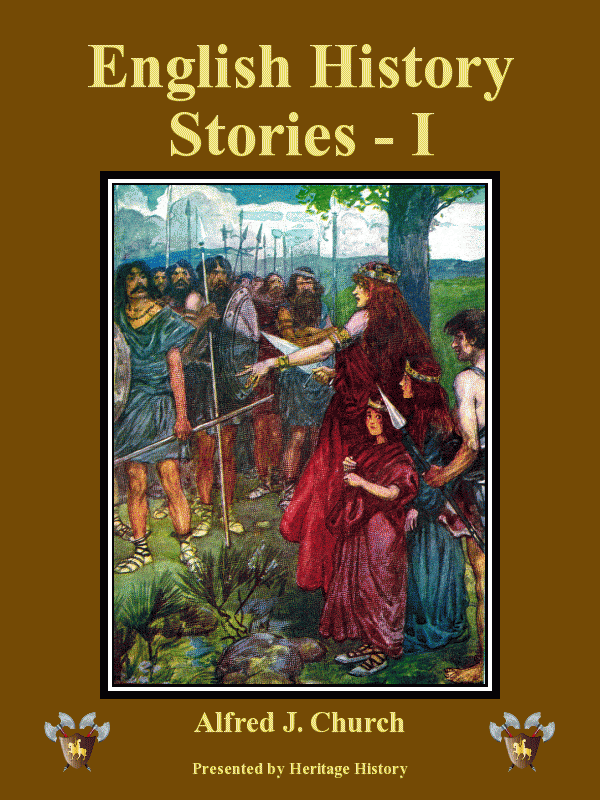
This three volume collection of famous stories from English History
is intended to provide the intermediate student with a moderately
detailed version of some of the more famous episodes in English
history. It is not a comprehensive history, in that much is left
out, and the stories are not necessarily related in a continuous
narrative, but each, taken on its own, is entertaining and informative.
The History of England is broken into three periods as follows: Vol I:
From Julius Caesar to the Black Prince;
Vol II: From Richard II to Charles I (1360 to 1649); Vol III:
From the Lord Protector to Queen Victoria (1649 to 1900).
The author of this series is the prolific Alfred J. Church,
a prominent author of both Classical and English history for
juveniles. He is best known for his collection of Greek and Roman
histories and fiction, but he also produces numerous
works on English History.
Stories from English History by Alfred J. Church.
Makers of England
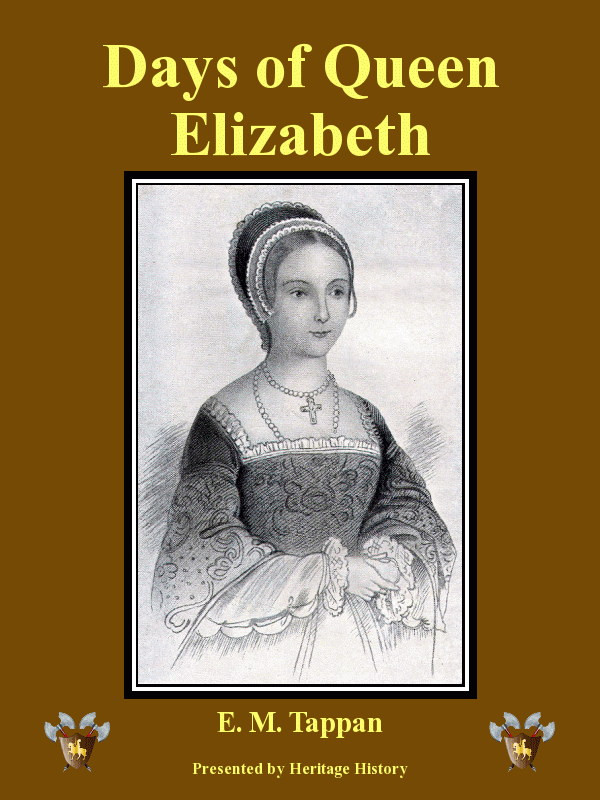
This series provides biographies of four of the most important monarchs of England. The
life and times of each of the subjects is masterfully told, in a manner accessible to
middle school students, or even older grammar school students. The stories of the two
early kings of England, Alfred of the Saxons, and William of Normandy, are filled with
danger, adventure, battles, and intrigue, which illustrate the rough and difficult
times in which they lived, and would likely be especially appealing to boys.
The stories of the two queens, Elizabeth and Victoria, also reflect the eras in which they
lived. The Tudor period was transitional, as England began its rise as a sea power, and
grappled with the difficulties of the Reformation. The Victorian era was prosperous,
modern, and relatively frivolous compared to the earlier, more rugged ages.
Each of these biographies is written to appeal to young students and focuses on the life
and character of the subject rather than dwelling on ongoing political events. The
childhood of each of the heroes and heroines is given in great detail, and only the most
significant political events of their reigns are touched upon.
Makers of History by Eva March Tappan
Synge Great Englishmen
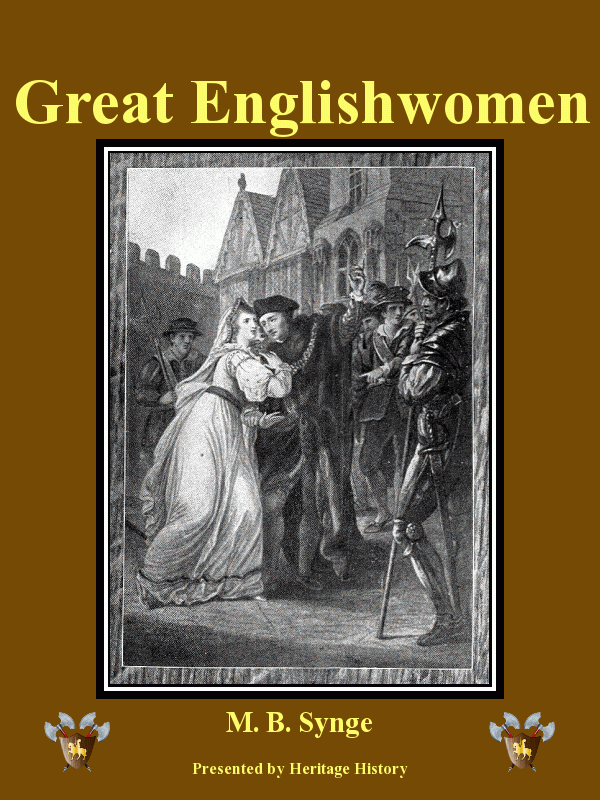
These two books are a collection of short biographies of prominent English men and women primarily between
the tenth and 18th centuries. Each book includes about twenty short biographies of many of the best known
Englishmen during England's rise from the Plantagenet era, to the early years of Empire. The live stories
of Venerable Bede, Chaucer, John Milton, Sir Isaac Newton, and Wellington as well as Eleanor of Aquitaine,
Margaret of Anjou, Lady Jane Grey, Hannah More, Mary Somerville, and Florence Nightingale, as well as many
others are briefly told.
Great Englishmen by M. B. Synge
Lake History Series
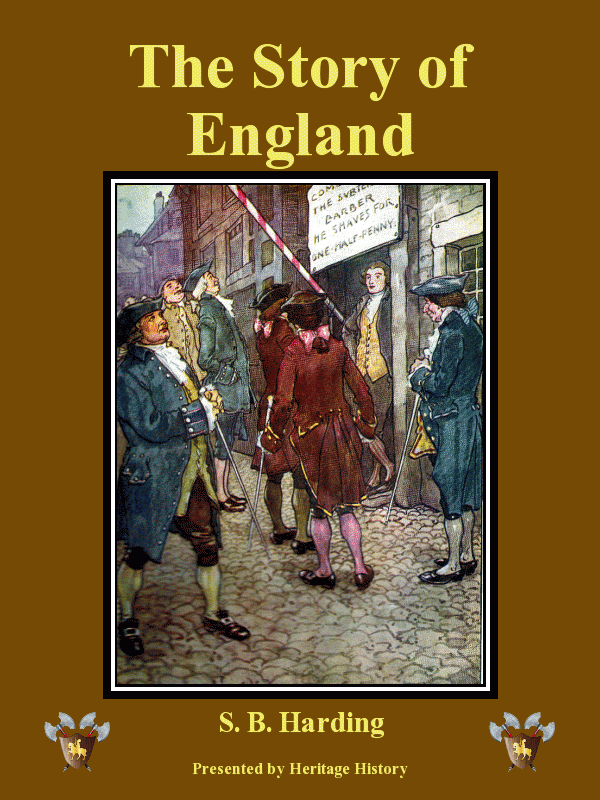
This series of introductory history readers is directed at
sixth and seventh graders, but might be enjoyed by students of
any age. The series includes brief, introductory histories
of Greece, Rome, the Middle Ages, and England, assumes no
previous knowledge of world events, and relates interesting
and informative stories of many of the most important
characters and events of western history. Its author
was a well-known writer of histories for both children
and adults.
The series was published by a company that specialized in
school textbooks, and later versions of each of the books
include study questions and outlines that might be helpful
for formal instruction. Even without these aids however,
the books read very well, cover important topics, and can
easily hold the interest of most students. The series was
very popular in public schools throughout the United States
in the early years of the 20th century.
Lake History Series by Samuel Harding
| Title | Compact Library | size |
|---|
| Greek Gods, Heroes and Men | Ancient Greece | 59 |
| The City of the Seven Hills | Ancient Rome | 116 |
| The Story of the Middle Ages | Christian Europe | 100 |
| The Story of England | British Middle Ages | 170 |
Nisbet Self-Help Histories
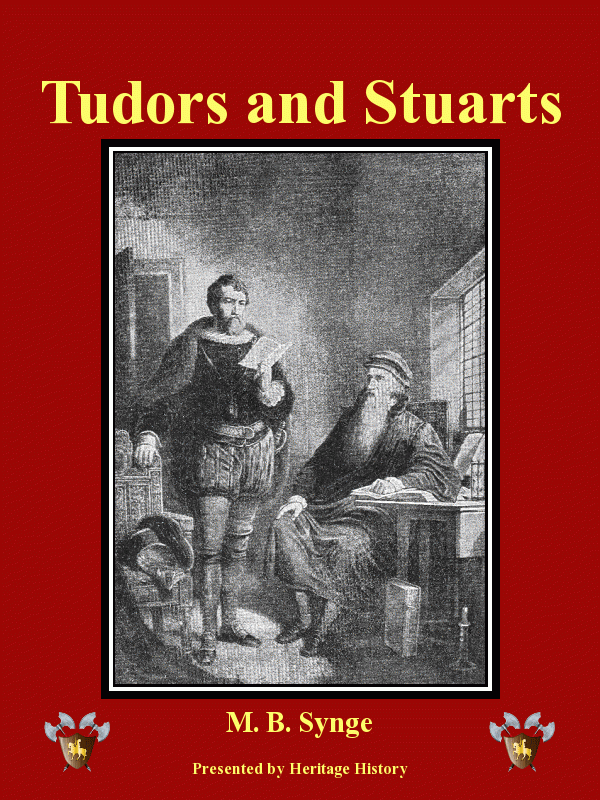
This three part series was written by a group of scholars from Oxford University and
provides a survey of English history from the time of the Norman conquest to the Victorian
era. These books are intended for intermediate students who already have some knowledge of
the course of English history and are interested in gaining more depth. It is an excellent
transition series for serious students. The political and religious issues of the day are
touched upon in only enough detail to give a clear idea of the realities of the situation
without getting bogged down in political theories. In addition to covering the most
important stories from history, this series introduces the student to social history, that
is: the living conditions, customs, education, and beliefs of both the aristocracy and the
peasantry.
The first book of the three, Normans and Plantagenets, introduces the reign of William the
Conqueror, and touches upon such important subjects as the Magna Carta, the conflict
between Henry II and Thomas a Becket, and the foundation of Parliament under Montfort. It
also provides background to the Hundred Years War, and the War of the Roses.
The second of the books covers both the Tudor and Stuart reigns, and does a good job of
introducing the intermediate student to some of the complexities of the eras, including
the Reformation, the English Civil War, and the "Glorious Revolution" during which
parliament deposed the Catholic King James II, and placed William III and Mary on the
throne, with relatively little bloodshed.
The final book in the series, The Hanoverians, covers the eighteenth and nineteenth centuries,
including the rise of the British empire in America and India, and the Napoleonic War. It
also provides an outline of the functions of British government as it existed at the turn
of the 20th century, including the roles of the monarchy, parliament, judicial system and
municipal governments.
Nisbet Self-Help Histories by Various Authors
| Title | Compact Library | size |
|---|
| Tudors and Stuarts by M. B. Synge | British Middle Ages | 120 |
| Normans and Plantagenets by J. Ewing | British Middle Ages | N/A |
| Hanoverians by C. J. B. Gaskoin | British Empire | 126 |
Makers of History
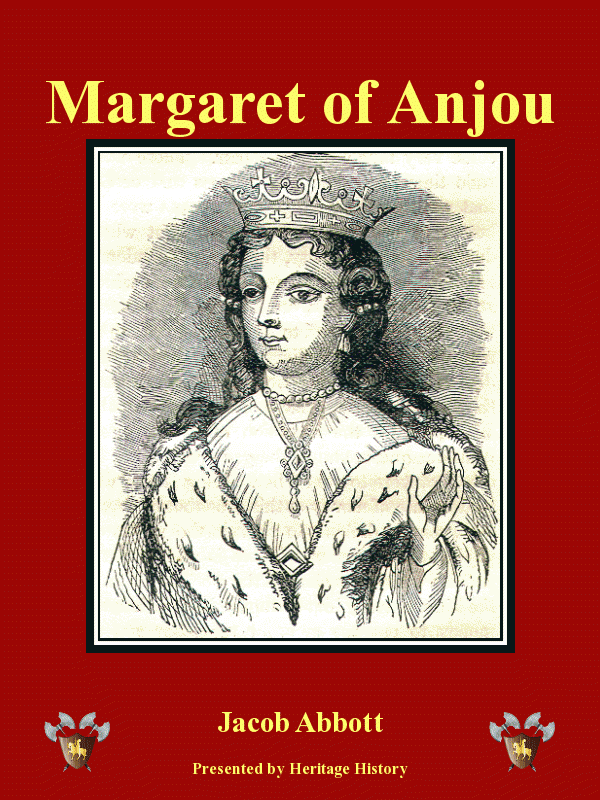
"I want to thank you and your brother for Abbott’s series of Histories. I have not
education enough to appreciate the profound works of voluminous historians, and if I had,
I have no time to read them. But your series of Histories gives me, in brief compass, just
that knowledge of past men and events which I need. I have read them with the greatest
interest. To them I am indebted for about all the historical knowledge I have."
—Abraham Lincoln.
As the quote from above shows, even Abraham Lincoln was a fan of the Abbott Histories.
Their famous series was so well-known and widely read that they were staples of virtually
every American library from the time they were published, in the mid-nineteenth century,
until after the First World War. Both informative and terrifically entertaining, the
Abbott brothers had an enormous talent for writing biographies, and selecting those
stories and anecdotal episodes from histories that are of most interest to the general
reader.
Jacob Abbott (1803-1879) was possibly the most prolific American writer of juvenile
literature of the nineteenth century. He was born in Maine, the second of seven children.
He and each of his four brothers graduated from Bowdoin College, studied theology, and
became teachers or ministers. Three of the five boys became authors, and with his brother
John Steven Charles, Jacob authored the famous and widely read "Makers of
History" series of biographies.
It was not until about 1848 that he and his brother embarked on the idea of doing a series
of biography aimed at young people. His target audience was age "15 to 25", and the Abbott
brothers eventually produced a set of biographies that were critically acclaimed, and
widely read. Within a few years of their publication, the Abbott biographies became
standard reference works of juvenile history, and were available in libraries throughout
America. They were originally published as the Illustrated History series, but were
republished many times during the next sixty years in various collections, entitled
Famous Characters of History, Famous Queens of History, and others. They were most
recently republished in the early 1900’s as the Makers of History series.
The Abbotts had a terrific gift for narrative, and their books all read like
high suspense novels. Although the vocabulary level is relatively high, more appropriate
for high school or college than elementary schools, the writing style is not difficult,
and the stories move along at a fast pace. The Abbott biographies have a delightful
combination of action and adventure along with truly interesting personality portraits,
intriguing subplots, and fascinating secondary characters which should be appealing to
young men and women.
The complete collection of the Makers of History Series includes over 32 volumes. Only the
ten related to British History are included here. The complete set of Abbott biographies
can be found in our Mature Readers collection.
Makers of History by Jacob Abbott
Church Historical Fiction

For anyone interested in a classical education, the historical fiction of Alfred J.
Church is an invaluable resource. He is especially gifted at exciting a real interest in
history in the intermediate student. He is especially appealing to those students who
are already familiar with the most common stories from Ancient or British History, but
would like more in depth knowledge. Church's works are full of
fascinating details of history that introductory courses must leave out, and they inspire an
abiding interest in the Ancients.
Church's approach to Historical Fiction is to introduce as much history as possible into
an action packed narrative. The plotlines may be somewhat contrived, but they are never
dull. His heroes are buffeted from one historically significant event to another, with
just a few asides for love interest and dramatic escapes and rescues. Church's ability to
weave tremendous amounts of historical detail into his stories without becoming tedious is
astounding.
Most of Church’s books are set in either Ancient Greece or Ancient Rome, but With the King
at Oxford and The Chantry Priest of Barnet are set in England during the Civil War, and the War
of the Roses, respectively. His Count on the Saxon Shore is set in Roman Britain, just at
the time the Roman legions began to withdraw from the island they had possessed for nearly
400 years.
Historical Fiction by Alfred J. Church
Morris Historical Tales
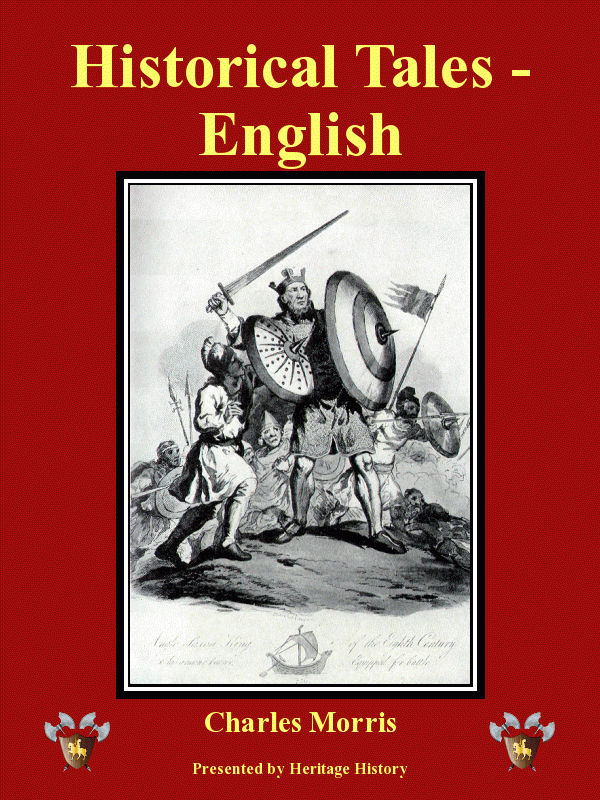
Charles Morris was a prolific American writer of the late 19th century. After a
brief career in academics, he began publishing a great number of books and
articles under various pseudonyms, but his piece de resistance was his
Historical Tales, a collection of romantic and entertaining stories from
history in twelve volumes.
Although these tales are organized by civilization, and the stories occur in
roughly chronological order, these books cannot be read as comprehensive
histories, as he makes no particular attempt to tie them together, contenting
himself to jump from one fascinating episode in history to another. For this
reason, they are best read after one is already familiar with the basic outline
of the history of a particular civilization.
On the other hand, Morris is an outstanding writing, and he picks fascinating
subjects for his stories. The stories are selected largely for their
entertainment value rather than purely for historical significance so Morris
provides a compelling introduction of many "secondary"
characters and events. He tells all of his stories in enough depth to make them
truly entertaining, even when he is dealing with already well-known events. The
Historical Tales are an entertaining treat, and though they are not recommended
for introductory reading, they are terrifically rewarding for intermediate or
advanced readers of history.
Historical Tales by Charles Morris
| Title | Compact Library | size |
|---|
| Historical Tales: Greek | Ancient Greece | 141 |
| Historical Tales: Roman | Ancient Rome | 131 |
| Historical Tales: American I | Early America | 139 |
| Historical Tales: American II | Early America | 138 |
| Historical Tales: Latin American | Spanish Empire | 129 |
| Historical Tales: English | British Middle Ages | 142 |
| Historical Tales: German | Christian Europe | 134 |
| Historical Tales: French | Christian Europe | 136 |
| Historical Tales: Spanish | Spanish Empire | 130 |
| Historical Tales: Russian | Intermediate Readers | 136 |
| Historical Tales: Scandinavian | Intermediate Readers | 149 |
| Historical Tales: Japanese and Chinese | Intermediate Readers | 143 |
The size listed indicates the number of 8½ by 11 sheets of paper required to print the entire book,
single-sided. This number is about half the number of pages in the original book, since approximately
two "pages" of text are reproduced on every sheet.
Copyright © Heritage History 2012
All rights reserved





